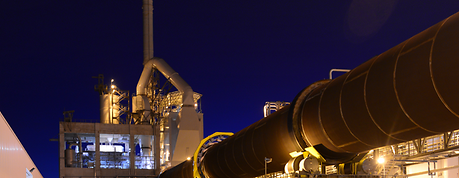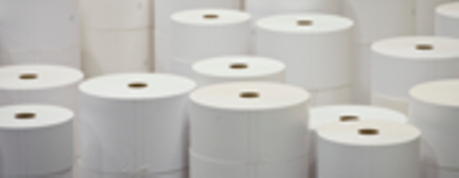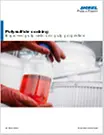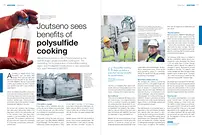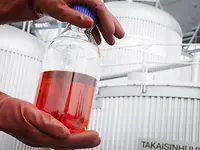Modified liquors as an alternative to extended cooking
One method of lowering the kappa number in certain pulp grades is to extend the cooking process. This often results in a considerable reduction in the consumption of bleaching chemicals, reduces the effluent load, and improves heat economies. However, extended cooking also has certain drawbacks.
These drawbacks can be minimized or eliminated with the correct combination of using conventional white liquor, oxygen delignification, and modified cooking liquors (e.g. polysulfide). The challenge in using this combination is to arrive at the most efficient and economical method of producing the modified liquor in order to achieve the highest possible yield gain from the combination.
Two ANDRITZ technologies for producing modified liquors
ANDRITZ has two technologies available for generating modified delignification liquors. The most common is Moxy – a technology that uses catalytic air oxidation to convert the sulfides in the white liquor to polysulphides. For non-catalytic oxidation, ANDRITZ offers an oxygen-based technology alternative called StiroX.




